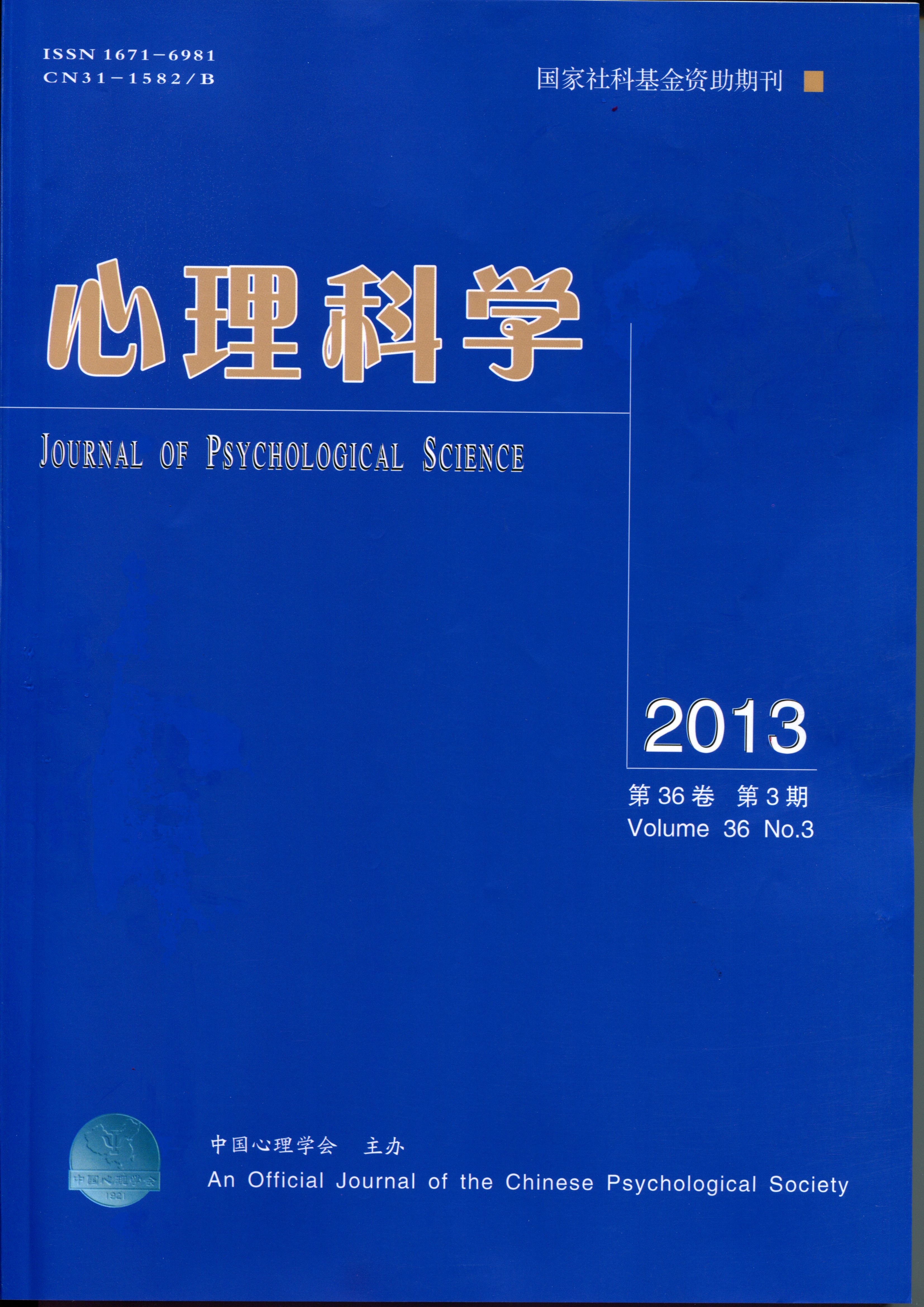|
|
Athletes’ Self-Control: Important Theories and Research Development
Li-Wei ZHANG
2013, 36(3):
515-523.
Athletes’ Self-Control: Important Theories and Research Development
Li-Wei Zhang
(Sport Sciences College, Beijing Sport University, Beijing, 100084)
Abstract
Traditionally (in the text books and empirical studies) sport psychologists used the inverted U hypothesis (Yerkes & Dodson, 1908), drive theory, zone of individual optimal function (Hanin, 1989), multi-dimensional anxiety theory (Martens, Vealey, & Burton, 1990), catastrophe theory (Hardy & Fazey, 1987) and anxiety direction and frequency theory (Jones & Swain, 1992) to explain the relationship between mental states and athletic performance, focusing on arousal and anxiety. This paper provided a new perspective to investigate this relationship, focusing on self control.
Self control refers to abilities of restraining, adjusting and changing impulse, desire and habitual responses, which lies at the center of volition, motivation and emotion. Self control embodies executive function and is a precondition of good social adaptation. Good self control helps people reduce problems of impulse control such as aggressive behaviors, crime, eating disorders, and addictive behaviors. Good self control can also helps people get better academic achievement and work accomplishment, have harmonious interpersonal relationship and increase the level of mental health. With the same logic, athletes’ tough training and peak performance in big competitions also requires good self-control. This paper introduced the key concepts and empirical study evidence of 10 theories that are closely related to self control in athletic training and competition.
These 10 theories could be divided into two categories. The first category includes 6 theories about the relationship between athletes’ performance and self-control, including the choking under pressure model (Baumeister, 1984), the processing efficiency theory (Eysenck & Calvo, 1992), the attentional control theory (Eysenck, Derakshan, Santos, & Calvo, 2007), the strength model of self-control (Baumeister, Bratslavsky, Muraven, & Tice, 1998; Baumeister, Vohs, & Tice, 2007), the theory of ironic processes of mental control (Wegner, 1994) and the flow theory (Csikszentmihalyi, 1990).
The second category includes 4 theories about the mental training program for improving athletes’ self-control, including the model of integrated psychological construction (Liu, 1998, 2001), adversity coping theory (Si, 2006, 2007), the mental skill training model (Vealey, 2007) and the system of Chinese athletes psychological construction (Zhang & Zhang, 2011).
The contributions of these 10 theories to self-control study were discussed. Common cores and differences of these 10 theories in two categories were analyzed.
It was believed that athletes’ self control in very tough training and competitions and related studies could be used as an important reference to people working under high pressure such as students in classroom examinations, doctors in operation rooms, soldiers in battle fields, and pilots in planes.
It was also pointed out that it might be valuable to compare these theories in future empirical research.
Key Words self control, mental training, athlete, competition
Related Articles |
Metrics
|

